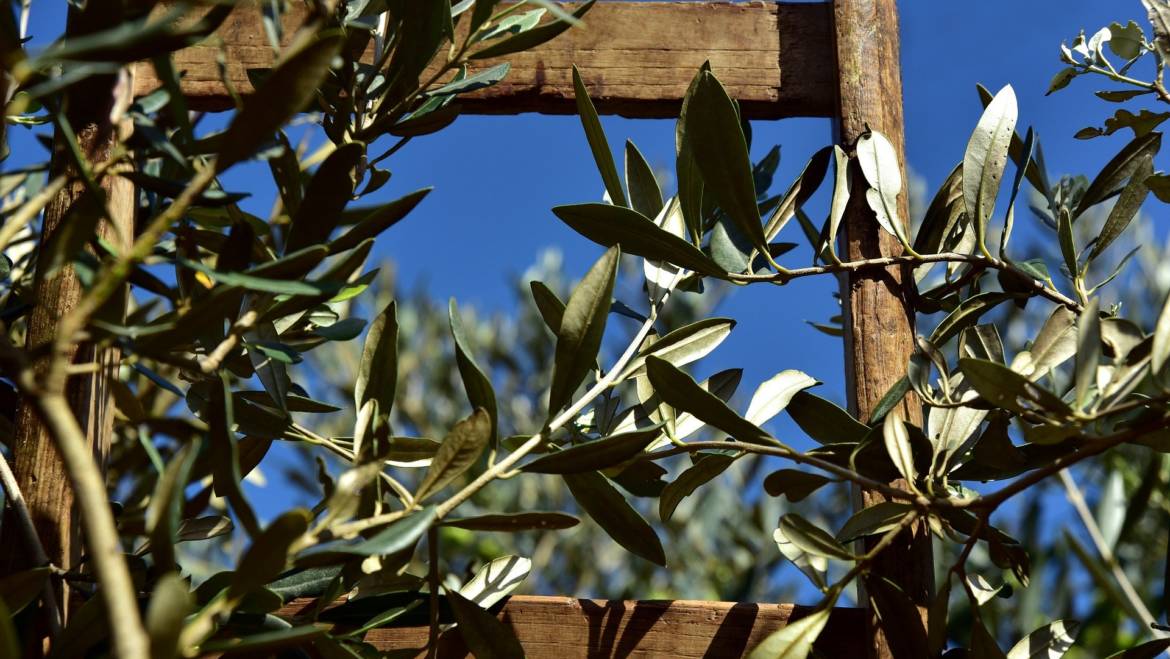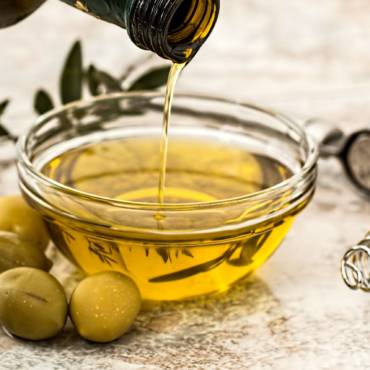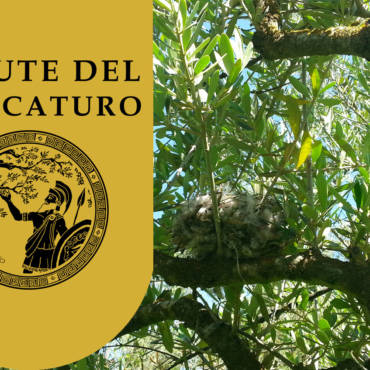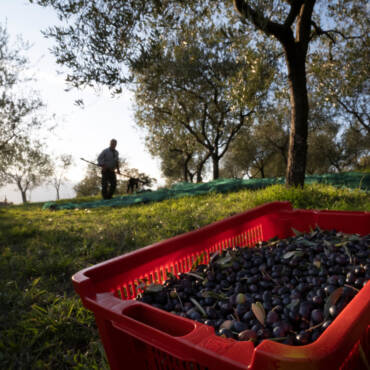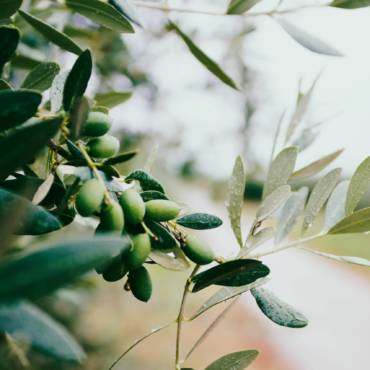Have you ever wondered why we prune? Well, pruning is an artifice created by man for his own advantage! If the plant were left free, it would send out other suckers at the base and grow like a bush, according to a type of growth that is defined as basophilic. As it grows, it would produce fruit only on the highest branches, far from the humidity of the soil and closer to the sun’s rays and air, which the plant is very fond of. So man thought of modifying this tendency, so that his work could benefit from it.
It must be said that pruning methods have changed over time: when there were animals grazing, the first branches were made to grow higher, so that they could not be eaten. Then, taking advantage of the abundant cheap labor, the plants were made to grow very tall; when this became excessive, the plant was topped, thus providing excellent wood for the winter. Today things are completely different: olive groves are just olive groves, safety laws must be taken into account, so you do not have to climb on the plants but carry out this operation with your feet on the ground, also because in this way less time is spent and the whole thing becomes less expensive. Today a plant is not taller than 4-4.5 meters and the first branches, three-four maximum, are made to form no higher than one meter: in this way even the harvest, which is also very expensive, is carried out faster and safer because you do not have to climb on the tree. But what are the general criteria for good and modern pruning? We have already listed some of them: low plants, with few main branches, which form the so-called “polyconic vase”: the main branches are brought outwards and the secondary branches are trained to form a cone, leaving the tree empty in the centre, so that the air and the sun reach everywhere. You have to learn to recognise which branches are fruit-bearing and which are wood-bearing: the wood-bearing ones should be removed, because they are not useful and would only exploit the plant, keeping in mind, however, that these branches become fruit-bearing in three or four years and then, if you suspect that the next branch is at the end of its cycle, you have to leave it. The fruit-bearing branches, on the other hand, should only be regulated in number, just as you have to be careful that the tops do not become very tall. It is understood, at this point, that it is best to always have the same bearer, in order to have a precise long-term plan in mind. Unfortunately, this is an art that is disappearing and it is a shame, because it is also very profitable!
This is my method ! Passion, respect for tradition but with an eye to the future, with the sole purpose of producing an exceptional oil, the same oil that I bring to my family’s table

